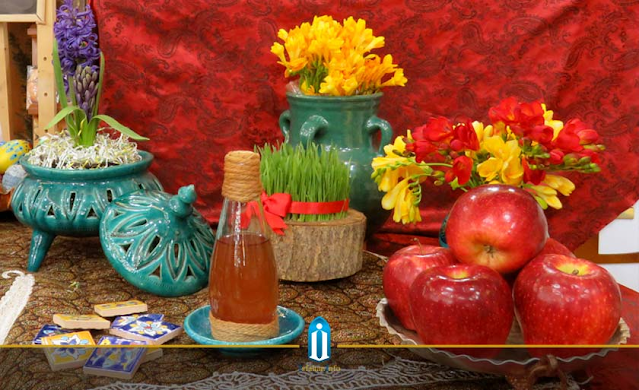Nowruz 2023: Celebrating the Persian New Year
Nowruz, also known as the Persian New Year, is a celebration of the arrival of spring and the beginning of a new year in the Iranian calendar. The festival is celebrated by millions of people around the world, particularly in Iran and Central Asia. In this blog post, we'll explore the history and traditions of Nowruz and how it will be celebrated in 2023.
History of Nowruz
Nowruz has been celebrated for over 3,000 years, predating the Islamic era in Iran. The festival originated in Zoroastrianism, an ancient Persian religion, and has since been adopted by other religions in the region. The holiday falls on the spring equinox, which usually occurs on March 20th or 21st.
Traditions of Nowruz
Nowruz is a time of renewal, rebirth, and new beginnings. Many of the traditions associated with the festival are centered around these themes. Here are some of the most common traditions:
- Haft-sin: Haft-sin is a traditional table setting that includes seven symbolic items, each starting with the Persian letter "sin". The items represent renewal, health, prosperity, love, beauty, wisdom, and patience.
- Chaharshanbe Suri: Chaharshanbe Suri is a fire-jumping ritual that takes place on the eve of the last Wednesday before Nowruz. People light bonfires and jump over them, symbolically leaving behind their troubles and sins from the previous year.
- Visiting family and friends: Nowruz is a time for families to come together and celebrate. People visit relatives and friends, exchange gifts, and share traditional foods.
- Sizdah Bedar: Sizdah Bedar is the thirteenth day of Nowruz, and is considered to be bad luck. People spend the day outside, having picnics and enjoying nature, in order to avoid the bad luck.
Celebrating Nowruz in 2023
In 2023, Nowruz will be celebrated on March 21st. The COVID-19 pandemic may still be ongoing, so celebrations may be smaller and more intimate than usual. However, there are still ways to celebrate while staying safe. Here are some ideas:
- Have a virtual celebration: Use video conferencing software to connect with family and friends who live far away. Share traditional foods and exchange gifts virtually.
- Have a small, outdoor celebration: If it's safe to do so, have a small celebration outdoors. Picnics and outdoor gatherings can be a great way to celebrate while staying socially distant.
- Cook traditional foods: Try your hand at cooking traditional Nowruz foods, such as sabzi polo (herb rice) or ash-e reshteh (noodle soup). Share the food with your immediate family or deliver it to friends and neighbors.
Nowruz around the world
Nowruz is not only celebrated in Iran and Central Asia, but also in many other parts of the world where there are large Persian communities, such as the United States, Canada, and Europe. In fact, Nowruz was recognized as an official United Nations observance in 2010, highlighting the cultural significance of the festival.
Modern events and activities
In addition to the traditional Nowruz celebrations, there are also many modern events and activities that take place during the holiday. For example, many cities hold Nowruz parades and festivals, featuring music, dance, and other cultural performances. These events provide an opportunity for people to come together and celebrate their shared heritage.
Gift exchange during Nowruz
Another important aspect of Nowruz is the exchange of gifts. During the holiday, it is customary to exchange gifts with family and friends, particularly items that are associated with luck and good fortune. Common gifts include gold coins, mirrors, and fruits such as apples and pomegranates.
Spiritual reflection and prayer during Nowruz
Nowruz is also a time for spiritual reflection and prayer. In Iran, many people visit mosques and shrines during the holiday, while others perform special prayers at home. The holiday is seen as an opportunity to reflect on the past year and set intentions for the coming year.
Conclusion
Overall, Nowruz is a rich and vibrant cultural celebration that is deeply rooted in history and tradition. By learning about the festival and participating in its celebrations, we can gain a greater appreciation for the diversity and richness of Persian culture.









No comments: